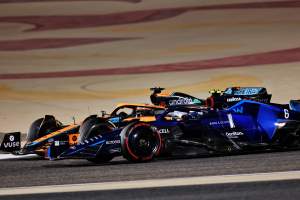Two extremely closely fought grands prix, plenty of technical variety and a mixed up pecking order are a good start for the 2022 Formula 1 regulations.
But is the racing at risk of being artificial and do the changes look like the right ones for the long term? Or is this time to celebrate F1 getting some big calls absolutely right?
Here are our writers’ thoughts on what we’ve seen so far:
Good start – but F1 is still missing the tyre war
Mark Hughes
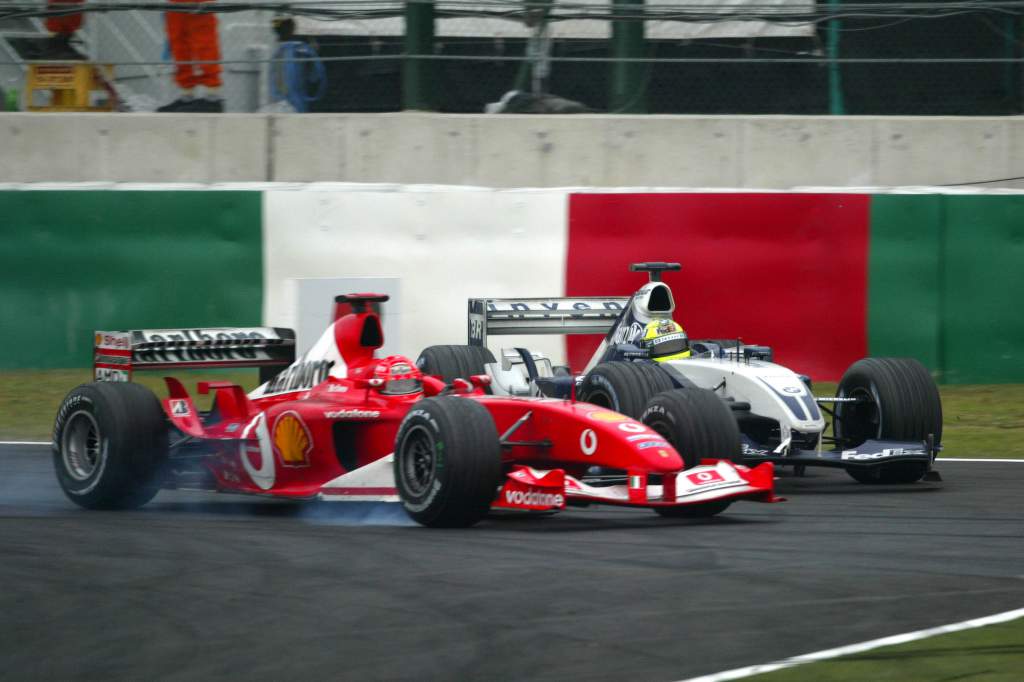
They have worked, to an extent. They have definitely given cars which can follow more closely. What that has done is given the opportunity for an overtaken driver to instantly get glued to the car which has just passed him and so be in a position to retaliate. This had enhanced the potency of DRS because quite often you can already be in the slipstream even before you cross the DRS activation line. We saw this quite clearly in the Leclerc-Verstappen dices at both Bahrain and Saudi and also in the Alonso-Ocon Saudi duel.
But the ability to follow more closely hasn’t revolutionised the racing – we are still essentially seeing strategy-led races. That’s because the tyres still cannot usually withstand many laps of flat-out pushing.
There was an exception, though. In the second stint at Jeddah the hard C2 tyres were great. Before the VSC it was only because Leclerc was just fast enough to keep Verstappen off his back that he was not able to go wheel-to-wheel with him. It wasn’t because the tyres couldn’t take it – they could. Then after the VSC we were straight into a DRS race – which, while exciting, is a little contrived. When drivers are backing off, feathering the throttle, even closing the DRS, in order not to get to the next DRS detection point ahead, it’s not quite right. So better than what we had, but still needing tweaks.
I’ve been saying it for 16 years now but I’ll say it again. Ending the tyre war was such a dumb move. It was because of the excess spending but instead of sorting the spend, they did it the easy but dumb way and removed an essential component of the competition. It was as if they thought they were just removing the tonsils or the appendix of F1 but actually they were removing a lung.
No shortage of sporting matters to iron out
Gary Anderson
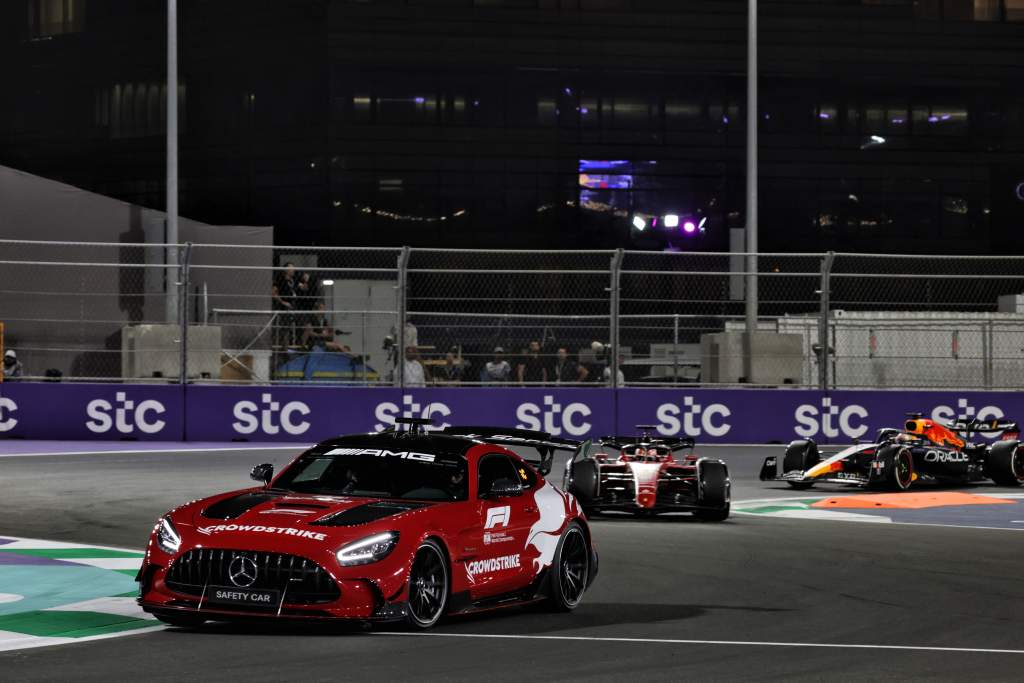
So far, I believe the changes in the technical rules for 2022 have been positive. We have had two good races, both with close battles at the front thanks to Ferrari and Red Bull building cars with similar performance levels.
Mercedes hasn’t managed that yet, but I’m sure it will come back into the battle at the front eventually. But then, we still have a fairly big gap to the rest of the field, so there’s no real change there.
The cars look better than they have for some years, so for the spectator that is a positive. The 18-inch wheel rims and larger tyres are OK and do seem to be just that little bit more durable, but probably the characteristics haven’t changed as much as as people were hoping for. The porpoising that is a consequence of the ground effect underfloors have also brought an added challenge for the teams to sort.
So from a car point of view, it has been a good step and we will have to wait to see how the cost cap impacts development programmes as the season progresses.
As far as the rest is concerned, there is still work to do. We have been lucky so far that there hasn’t been a huge accident with cars pottering around trying the find gaps for their quick laps, the track limits are still not policed consistently enough, the DRS detection zones need looking at and the procedures for when a virtual and/or a full safety car are required need to be set in stone otherwise it could be seen as being used to influence the end result of a race.
Alarm bells ringing after Jeddah DRS games
Matt Beer
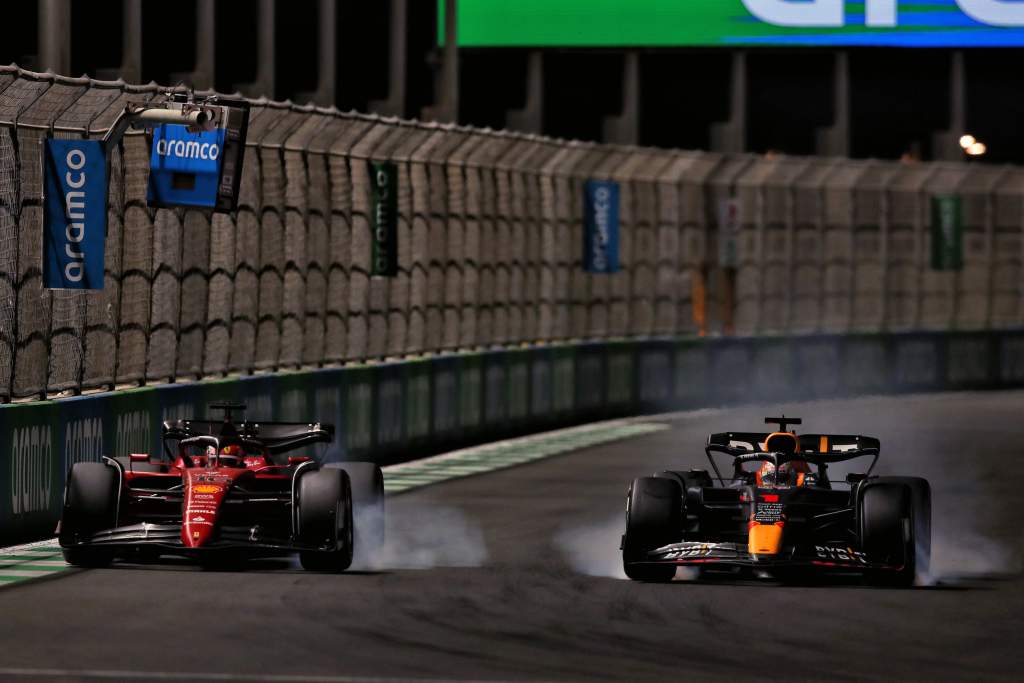
There’s lots to love about 2022 F1, starting with just the look of the cars: simpler but dramatic, strangely retro but not dated. What a racing car should look like.
And the first two races have had the kind of lead battles we might’ve expected once a decade at best.
I’m cautious, though. The DRS games of Jeddah were really off-putting and F1 can’t afford for that to become a trend. The deliberate backing off just looks amateur. It feels more than ever like the time to reduce the reliance on DRS and let things play out a bit more organically, or at least with just one option for artificial assistance per lap.
I’m not fussed which teams are at the front as long as the storylines are good, but I’m also intrigued to see how much recovery scope the current stragglers have given the various caps, freezes and limitations in place. The sliding scales in place do at least mean a team that has a really poor 2022 gets a 2023 leg-up, but that mechanism isn’t built into every element of the rules.
Last year had good races, too
Edd Straw
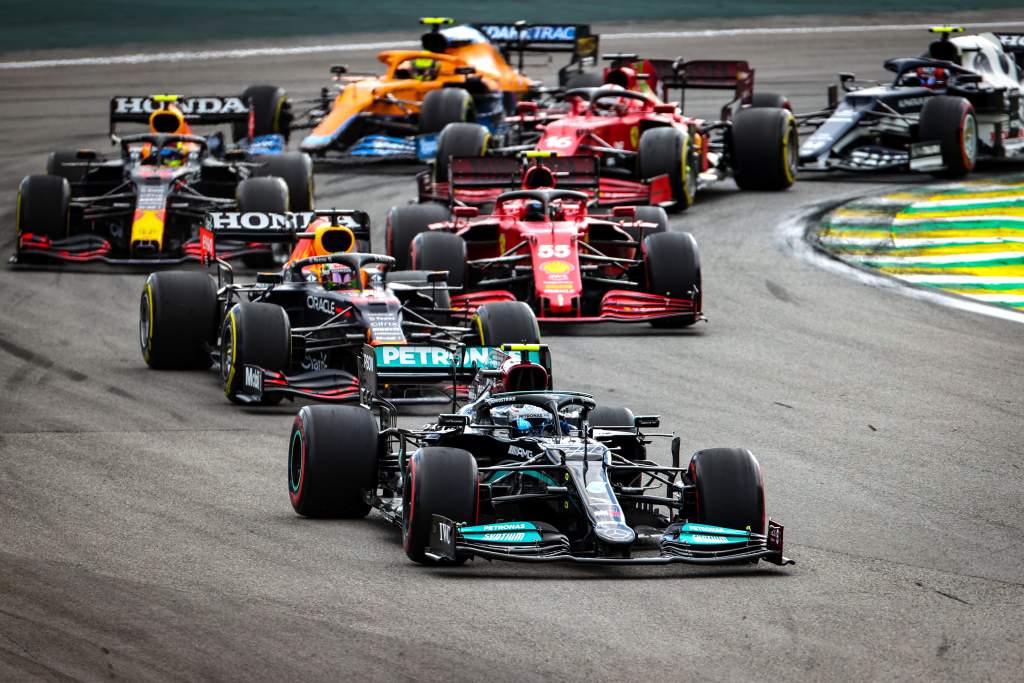
It’s too early to draw any definitive conclusions of the effectiveness of the 2022 regulations, but it was always going to require a good data set of races to be built up before there was enough evidence either way. But the start has been encouraging.
The FIA’s analysis is ongoing and will shape future fettling of the rules, but currently it is difficult to separate cause and effect. The first two races were certainly dramatic at the front, but so too were plenty of last year’s. After all, to create a good race you require two drivers, in an ideal case with different strengths and weaknesses but similar overall performance, and although the rules were conceived to keep the competitive spread tight that can happen organically.
The long-term effects of measures such as the cost-cap and the sliding scale of aerodynamic testing can also only be measured on a long timeline, so it would be foolish to declare success or failure based only on a couple of races at the start of this era.
However, the early indications are that the turbulence has been mitigated (and it can’t be eliminated entirely) with drivers indicating following is easier so that’s a tick in the box in what was always the key on-track target of the technical regulations. We’re just waiting to be sure just how big that tick is, but F1 and the FIA can at worst be satisfied that the changes have led to some progress.
Real tests are yet to come
Glenn Freeman

On the surface, two exciting races with battles for the lead and plenty of action in the midfield is a great start for F1’s new era.
But, there’s that lingering feeling that we’ve only seen these cars race on two tracks that we know can be good for racing anyway. And the ‘chained’ three DRS zones in Saudi Arabia are a bit of a cheat code for overtaking.
The real positive giveaway for me came after the Saudi Arabian GP, when Max Verstappen made a comment about it being easier for the following car to get a good exit from a corner this year. As Verstappen explained, that was a big part of the reason for all the DRS zone nonsense we saw between him and Charles Leclerc.
DRS shenanigans aside, that bodes very well for this year. If it’s possible for a chasing driver to get off the corners well enough to be a big threat down the following straight, then we should be set for an entertaining year of action.
It looks promising so far. By the time we’ve seen these cars racing on a revised Melbourne, Imola and Barcelona – tracks not always famed for great racing – we’ll have a clearer idea.
Cautiously optimisic despite tyre concern
Scott Mitchell
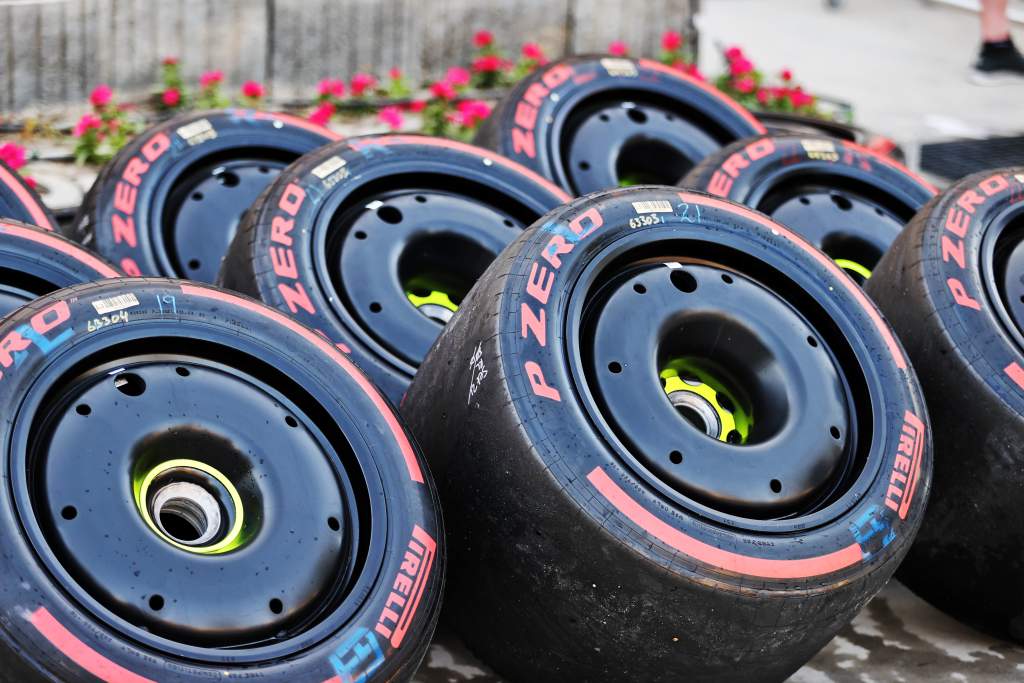
I’m cautiously optimistic but wary of the fact we’ve had a limited sample set of tracks and only two races. Like Fernando Alonso said, let’s see how these cars fare once we get to traditionally more boring races.
I can’t imagine Barcelona will suddenly be as intense as Saudi. But last year proved with evenly-matched cars it can still produce an interesting grand prix. That should be improved further with the ability these cars do seem to have to follow closely.
What I’m worried about are the tyres. I’m always loath to criticise Pirelli too much as I do think it has a very difficult job, but surely it’s not impossible. In warm conditions in Bahrain and Saudi Arabia the drivers reported little difference to last year – the tyres are still overheating when stressed.
This is something a broader range of circuits will help give us a clearer answer to. And it’s the most important thing given the tyres are such a fundamental aspect that, if flawed, are going to limit everything else about the new rules.
No real migration between haves and have-nots
Valentin Khorounzhiy
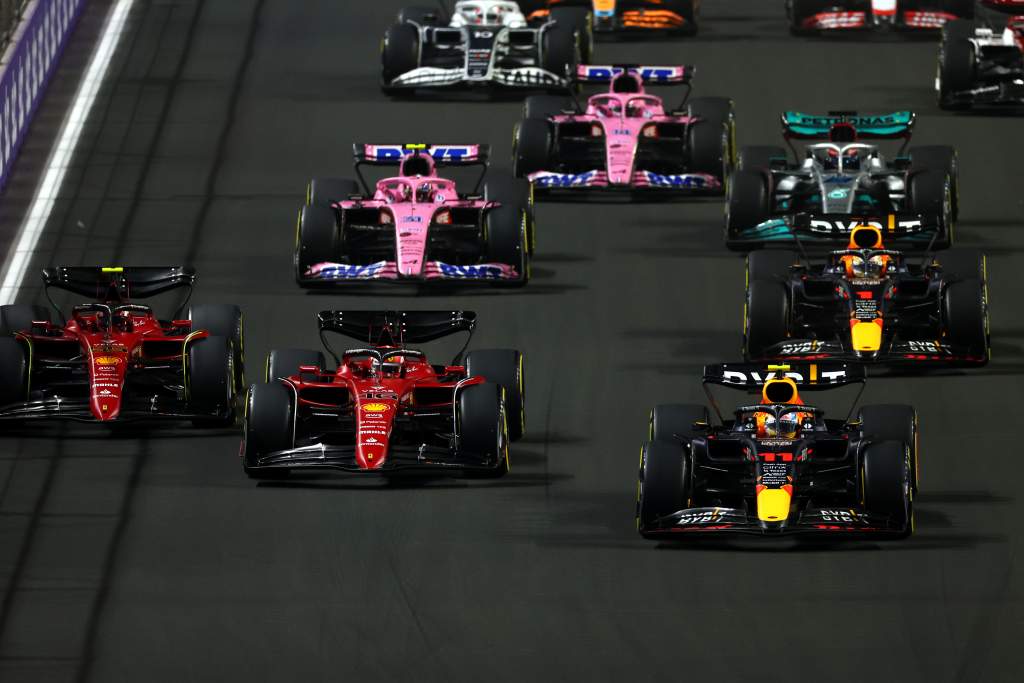 For me, the elephant in the room of this new 2022 ruleset – one that hasn’t been remarked so much upon because there’s just been so much going on – is that the chasm between ‘Class A’ and ‘Class B’ is alive and well.
For me, the elephant in the room of this new 2022 ruleset – one that hasn’t been remarked so much upon because there’s just been so much going on – is that the chasm between ‘Class A’ and ‘Class B’ is alive and well.
Mercedes is doing its best to act as a bridge right now, but if we ignore the underperforming W13, the numbers have been worrying. In Jeddah, a race that featured a safety car ‘bunch-up’ a third of the way through, arguable ‘Class B winner’ Esteban Ocon in sixth ended up finishing a rather brutal 56 seconds behind the race winner. He was also almost nine tenths off pole in qualifying, compared to his 2021 ‘Class B’ counterpart – AlphaTauri’s Pierre Gasly – being just six tenths off on that occasion.
We’ve been warned that a rules reset is likely to stretch the field out at first, which is fair enough – and it’s not exactly made the racing bad so far. But the fact that, despite the cost cap and the potential jeopardy of a rules overhaul, it’s the same old teams occupying largely the same echelons (save for Mercedes’ stumbling start and the elevation of the Ferrari customers) is slightly concerning, suggesting that the built-in advantage in tools and know-how of the F1 elite will still take a while to be eroded.
Ultimately, it’s barely more than a nitpick. We’d feel it a lot more keenly if there was a runaway leader, but Ferrari and Red Bull have brought out the fireworks so far, and the racing looks good, so it’s hard to be too annoyed.

